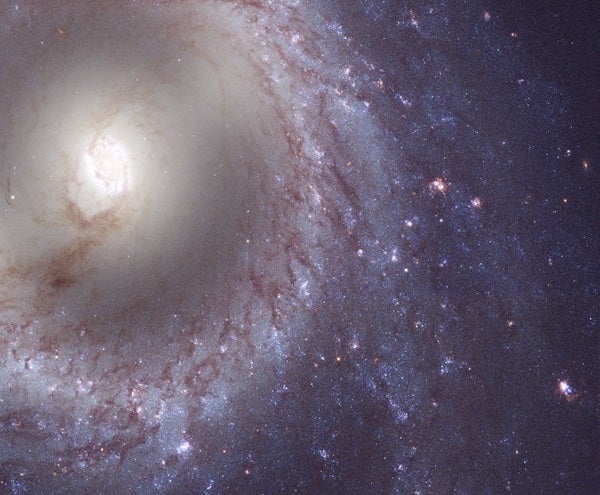With the New Moon arriving tomorrow, amateur astronomers from around the world are getting ready for the annual Messier marathon. During the event, observers will attempt to spot as many objects from Messier’s famous catalogue as they can in a single, moonless night.
Today, in preparation for the Messier marathon, NASA has added 12 new images to their Hubble Messier Catalog. This compilation of Hubble images of galaxies and star clusters from the Messier catalog was initially released in October 2017 and contained 64 (out of 109) of Messier’s objects. These new images bring Hubble’s total up to 76.
The entire Hubble Messier Catalog is available for viewing on NASA’s website.
[Original article; published October 19, 2017]
NASA has just published the Hubble Space Telescope’s version of the Messier catalog — a list of 109 deep-sky objects (including nebulae, star clusters, and galaxies) that French astronomer Charles Messier began almost 250 years ago.
This new reboot of the Messier collection features beautiful Hubble images of 63 deep-sky objects from the original catalog. While astronomy enthusiasts may see some images they have seen before (such as the Pillars of Creation in the Eagle Nebula), the catalog also includes several unpublished images that NASA processed specifically for this project.
“What caused me to undertake the catalog was the nebula I discovered above the southern horn of Taurus on September 12, 1758, while observing the comet of that year. … This nebula had such a resemblance to a comet in its form and brightness that I endeavored to find others, so that astronomers would not confuse these same nebulae with comets just beginning to shine.”
Although Messier originally created his catalog so that he could explicitly avoid observing deep-sky objects while he was comet hunting, today amateur astronomers from around the world rely on the Messier catalog to provide them with targets that are both visually stunning and easily locatable.
As part of the Messier reboot, each Hubble image has an extended caption that beautifully describes the cosmic object, providing both historical and scientific context. Many of the most familiar objects are also shown in multiple wavelengths, revealing invisible structures that are both mysterious and fascinating. Finally, each image comes with a star chart and instructions that explain how amateur observers can locate each target.
You can browse the entire Hubble version of the Messier catalog either on NASA’s website or as an album on Flickr. Additionally, NASA will host a Facebook Live event about the new Hubble Messier catalog tonight at 8 p.m. EDT. During the event, the public will have the opportunity to ask questions to a panel of experts, while also learning more background on the Messier catalog.











